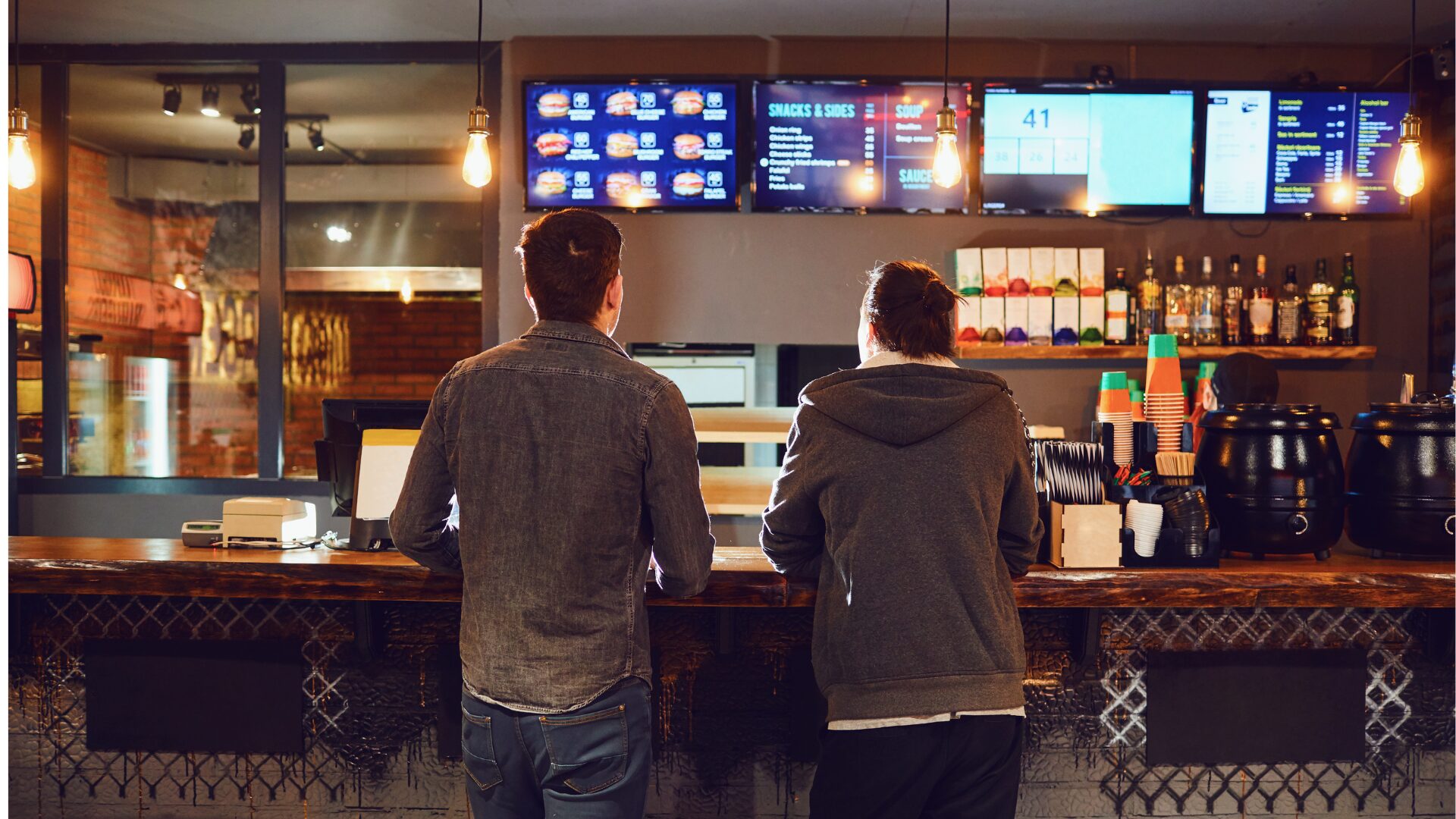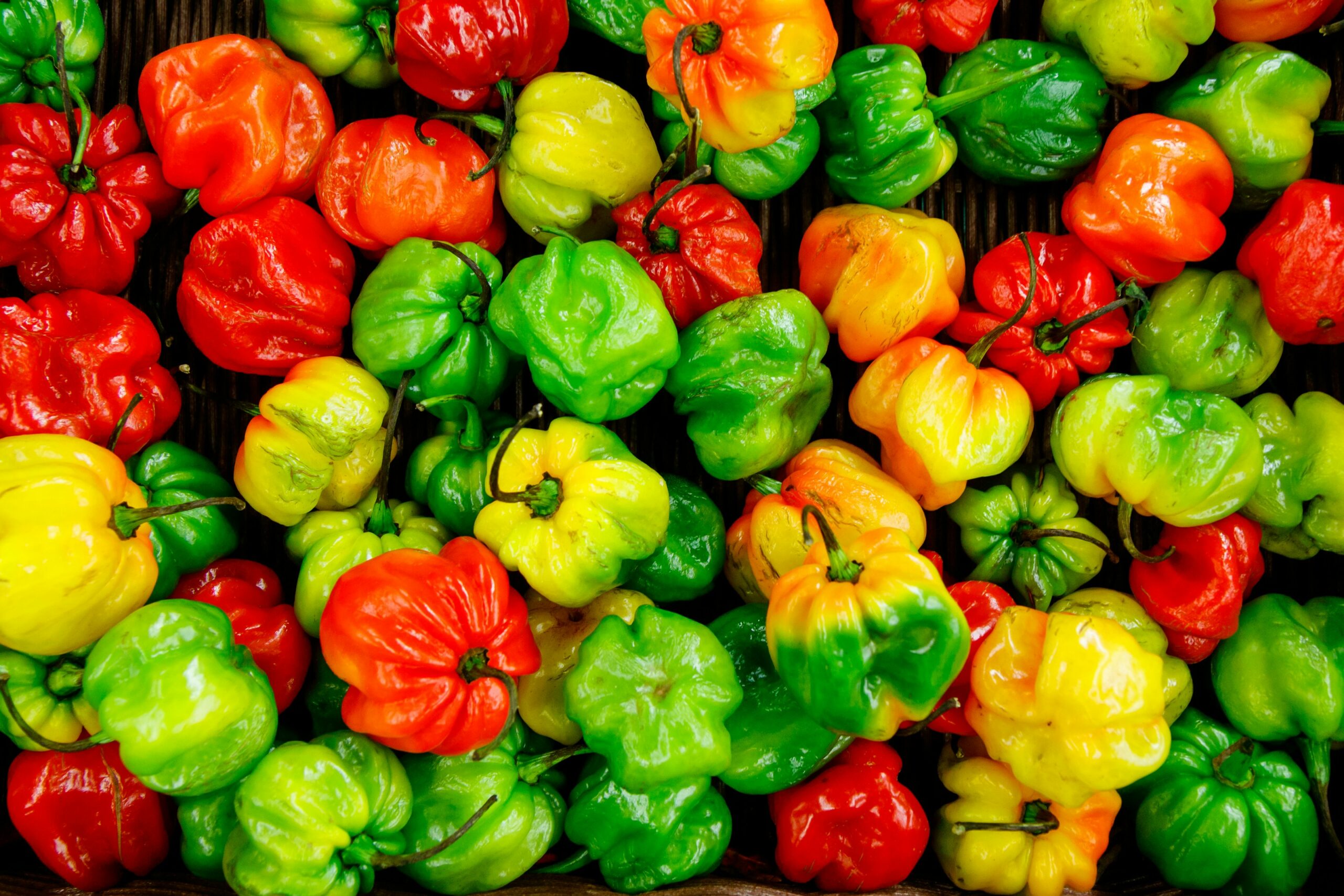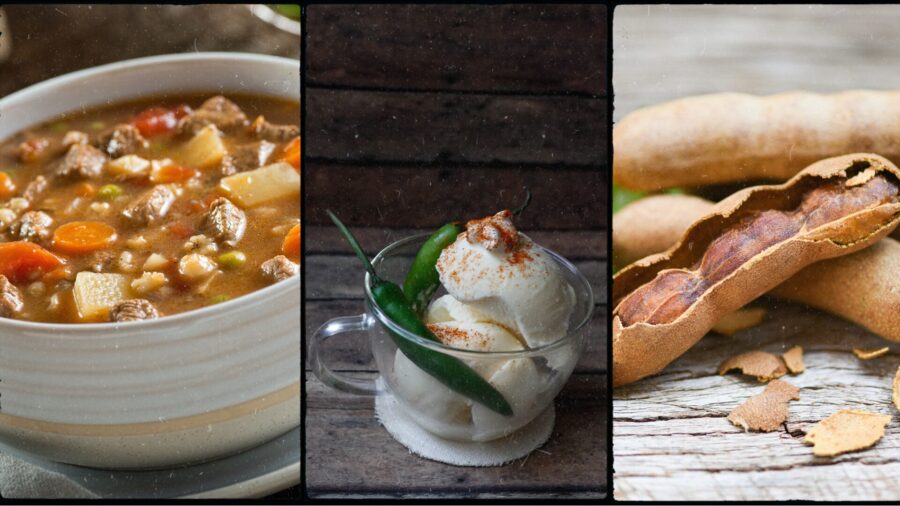In the late 2010s, among major, mature manufacturers, spice maker McCormick was far and away the most expensive stock in the packaged food space. At the time, the likes of General Mills or Campbell usually traded in the range of 16 times to 18 times earnings per share. Those multiples implied an expectation of low- to maybe mid-single-digit annual profit growth going forward.
In contrast, MKC often traded in the range of 25x earnings. That kind of valuation priced in something closer to 10-12% annual profit increases.
McCormick shareholders — myself included at the time — argued that the stock merited that premium. The investment case was simple: McCormick was a far better business than its peers. Major manufacturers served multiple categories like cereal and canned soup that appeared to be in permanent decline thanks to generational trends. McCormick’s outlook stood in stark contrast: the business was better-positioned with younger customers, who had a broader and more adventurous palate than their parents.
The business had some insulation from private label competition. Spices were both important to recipes and sold at a low price point, minimizing the potential savings from trading down. McCormick even had its own private label business, cushioning the effects of any customer switching.
But there were skeptics, particularly as MKC stock continued to outperform the sector. Wall Street analysts generally held their price targets below the stock price — an unusual move for a well-covered stock. Even I sold my shares in late 2018. McCormick seemed to be a good business, but investors were treating it as far and away the best in the sector.
Upon Further Review
In retrospect, both sides were somewhat right. McCormick has been an impressively resilient business, growing revenue consistently and keeping profit margins relatively intact. The acquisitions of French’s mustard, hot sauces Frank’s RedHot and Cholula have worked out well.
That said, in retrospect McCormick stock clearly was too expensive. Over the past five years, even with dividends shareholders are down about 1%. McCormick’s adjusted earnings per share, based on the outlook for this fiscal year (which ends in November), will grow about 6% total across five years. Before the pandemic, management promised increases of 9% to 11% each year.
What’s interesting now is that the story isn’t that much different. In the context of its recent performance, the stock still looks expensive, at about 25x this year’s earnings. McCormick has returned to its former long-term outlook, projecting that adjusted EPS will return to 9-11% growth. And, judging by the stock price, investors once again believe the company will hit that target.
There is reason for optimism. The high-inflation environment of the last two years created an exceptionally volatile environment. McCormick wound up with significant price gaps relative to not just private label, but branded rivals: an analyst noted earlier this year that only about one-fourth of the company’s market share loss went to private label. Aggressive promotions this year — McCormick expects A&P spend to increase by more than 10% — should narrow that gap and return the company to volume growth in the second half of this year and into 2025.
New packaging is reinvigorating key platforms. And the company’s Flavor Solutions segment, which serves quick-service restaurants and food manufacturers like PepsiCo, is undergoing a turnaround. Operating profit in that business in 2023 was below the level seen five years earlier, but the segment has grown earnings 10% through the first two quarters of fiscal 2024.
Spicy Trend a Key Factor
Meanwhile, the bull case for the category seems to have only strengthened. CEO Brendan Foley said in January that “heat continues to be a growth accelerator globally”. About 20% of McCormick’s sales now come from heat, with less than half of that coming from Cholula and Frank’s. That positions the company perfectly with millennials and Gen Z customers, who according to surveys now prefer hot sauce to ketchup.
The case for McCormick, then, is that mid-term performance will improve thanks to operational changes, while the long-term optimism toward its categories remains unchanged. Once again, investors are treating the spice giant like the best business in the sector.
That does lead to a pair of questions, however. The first is whether McCormick is the growth story investors believe it is. The company’s performance in 2022 — when major peers were expanding operating margins thanks to enormous price increases — raises some concern. So does the broader history of the past 5-6 years, during which time McCormick hasn’t turned category strength into shareholder returns.
But the second question is whether being the best business in packaged food will be enough. McCormick itself noted at a February conference that, even after a couple rough years for the stock, it still had outperformed major peers over a decade. The catch, however, is that those returns were about 7% annualized. It’s not hard to wonder if the next ten years might look somewhat similar.
Vince Martin is an analyst and author whose work has appeared on multiple financial industry websites for more than a decade. He is the lead writer at Overlooked Alpha, which offers market-wide and single-stock analysis every week. He has no positions in any securities mentioned.
The Food Institute Podcast
Tom Hamill, a food and beverage senior analyst for RSM US LLP, joined The Food Institute Podcast to recap the 2024 Summer Fancy Food Show. Hamill shares his thoughts on burgeoning trends from the show and how emerging specialty food brands can best navigate economic factors in the years to come.












